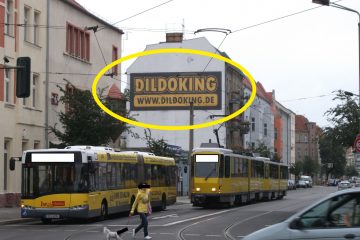About 8 years ago, I got a call from a prospect who wanted to hire me to manage his Google Ads.
He told me, “I saw that article you wrote about bid stacking, and I could tell you know your stuff.”
There were two problems.
First, I couldn’t remember writing about bid stacking. (Though I guess I must have.)
Second, I no longer believed in it.
Before I say why, I should explain what bid stacking is.
Bid Stacking Explained
The idea is that different match types have different conversion rates.
So, for example, I have a client who sells ladders. He might have the keyword “extension ladders.”
He could have 3 versions of that keyword: one as exact match, one as broad match and the third as a modified broad match – i.e.
[extension ladders]
“extension ladders”
+extension +ladders
And bid stackers would say the exact match should have a higher bid than the phrase match, which should have a higher bid than the broad match.
In a way, it makes sense. The closer the prospect is to your exact match, the better he should be as a prospect.
Except, that’s often not the case.
Here’s why…
Stages of search awareness
Let’s imagine two people looking for extension ladders. We’ll call them Bob and John.
Bob goes to Google and searches for “extension ladders.”
John Googles “3m triple extension ladder.”
Who is further along in the buying process?
It’s John, right? He’s gone from wanting an extension ladder to figuring out he wants one that’s 3m long and has 3 parts.
All Bob has figured out is that he wants a ladder than extends.
So who are you keener to show your ad to, Bob or John?
But that’s just a theory. But we don’t need to dabble in theories, we have facts.
The long tail in Google Ads
I looked at the search query report for one of my ecommerce clients. I sorted the queries by number of words. Then I grouped the data into 3 categories: searches with 1-3 words, those with 4-8 words, those with 9+ words.
Here’s the data:
| Word count | Conv rate | Cost/conv |
| 1-3 | 2.1% | £ 16.40 |
| 4-8 | 2.3% | £ 14.36 |
| 9+ | 4.1% | £ 9.11 |
So, as you see, the data fits the logic: longer, more precise searches typically convert better – and cheaper – than short searches.
So how do we manage our bids to account for this.
We can use what I call…
“Bid stacking in reverse”
The way I do it is I create 3 ad groups. In our extension ladders example, these would contain
Ad group 1: Exact match
[extension ladders]
[extension ladder]
Ad group 2: Phrase match
“extension ladder”
“extension ladders”
– [extension ladders]
– [extension ladder]
Ad group 3: Broad match
+extension +ladder
– “extension ladder”
– “extension ladders”
So, in theory, there’d be no overlap between the 3 ad groups. All the exact matches would trigger the first ad group, all the non-exact phrases would trigger the second and the broads would all be in the 3rd group.
In theory.
But, in reality, it won’t be so clean.
That’s because Google has ruined match types by including “related” searches etc – a short-sighted money-grab, if you ask me.
So some of the non-exact phrase matches will trigger the first ad group and some broad matches will trigger the first two ad groups.
Unfortunately, that’s the environment we’re working in. You can add negatives to reduce it, but you’ll have to accept it’ll happen to some degree.
So, what about the bids?
The bids should reflect the conversion rate – or return on ad spend – of the keywords within the ad groups.
i.e. Treat the three ad groups as separate entities and manage them on their own merits.
Often that’ll mean the phrase match group gets the highest bid, then the exact, then the broad.
Other times it’ll be phrase, broad, exact.
And, sometimes, exact, phrase and broad.
Common sense – and experience – should help you guess which way it’ll go, but as always, listen to the data.
All the best,
Steve Gibson


